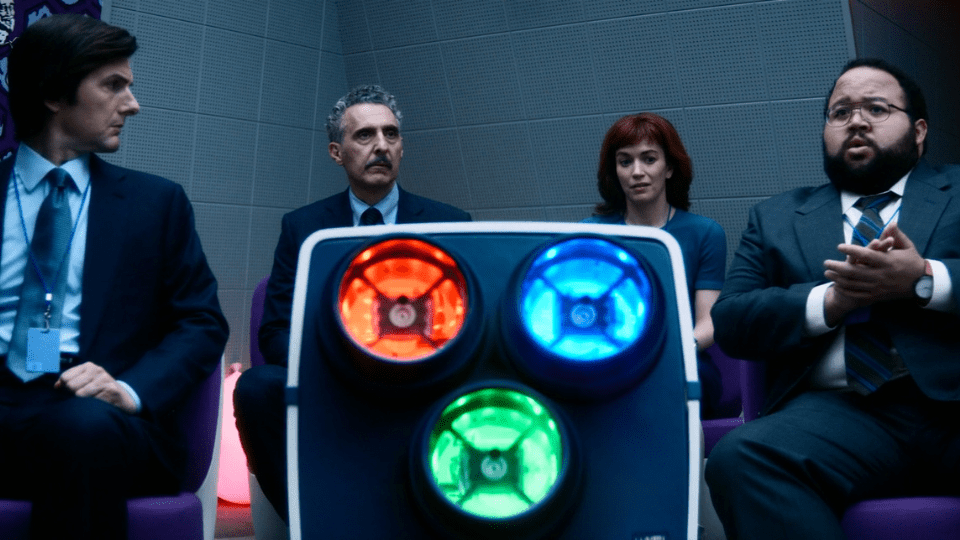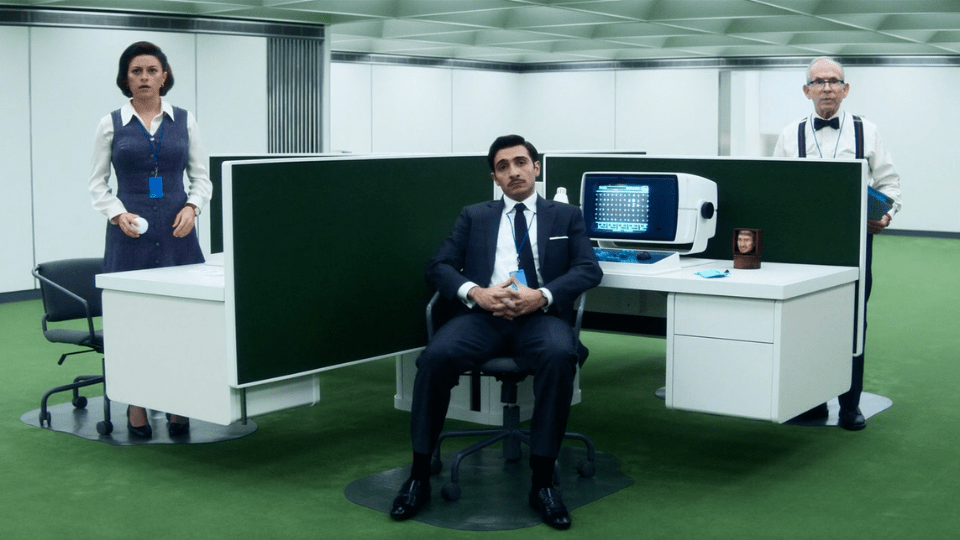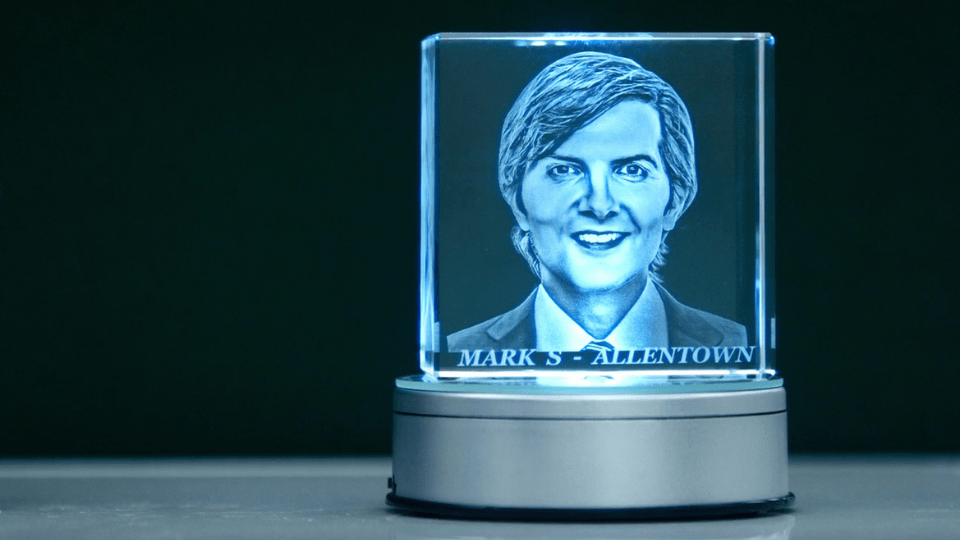In Severance Season 2, Episode 1, viewers are introduced to one of the long awaited moments, the aftermath of Overtime Contingency in Severance. What at first seems pitched like a celebration of employee heroism by Mr. Milchick, the so-called The Macrodat Uprising quickly unravels into a tangled web of deception, raising critical questions about Lumon’s PR narrative and the truth behind the rebellion.
The moment Mark meets Mr. Milchick, we are confronted with a glaring example of Lumon’s manipulation: a fabricated newspaper article praising the Outies as heroes of the so-called Macrodat Uprising. Yet, a closer inspection reveals the article’s picture is a poorly doctored image of the original MDR team superimposed onto an outdated parade photo. This clumsy forgery instantly signals that Lumon’s official story is far from the truth. Adding to the intrigue are the large blacked-out sections within the article’s text - redactions that beg the question: if Lumon can manufacture an entire front page, why leave critical parts conspicuously censored to Innies? This selective blackout hints at a deeper cover-up, a deliberate effort to obscure what really happened during the uprising.
Why is the company so eager to manipulate the past? What fears drive them to control the narrative of "The Macrodat Uprising" so tightly?
Mr. Milchick’s account of the uprising is another puzzle piece that doesn’t fit. He claims the event occurred five months prior, yet subtle details on his computer reveal Ms. Cobel’s name still on the screen, indicating the uprising actually happened mere days ago. This blatant inconsistency is a deliberate effort to rewrite history, suggesting Lumon is desperate to distance itself from recent events. This timeline distortion forces viewers to reconsider Lumon’s true intentions. Why is the company so eager to manipulate the past? What fears drive them to control the narrative of "The Macrodat Uprising" so tightly?
The answers point to a far more sinister agenda, one where controlling information means controlling the employees and their fractured identities with misinformation.
The lies surrounding the Macrodat Uprising are emblematic of the show’s larger themes, corporate dominance, psychological control, and the erasure of personal truth. Lumon’s creation and maintenance of a false narrative is not just about public relations, it’s about maintaining a psychological stranglehold on both the severed employees and the outside world.
As the series peels back the layers of Lumon’s operations, the uprising stands as a symbol of resistance and a stark reminder of how power can manipulate history to serve its own ends. For viewers, unraveling these deceptions becomes part of the thrill, challenging us to question what’s real in a world where identity itself is severed.













